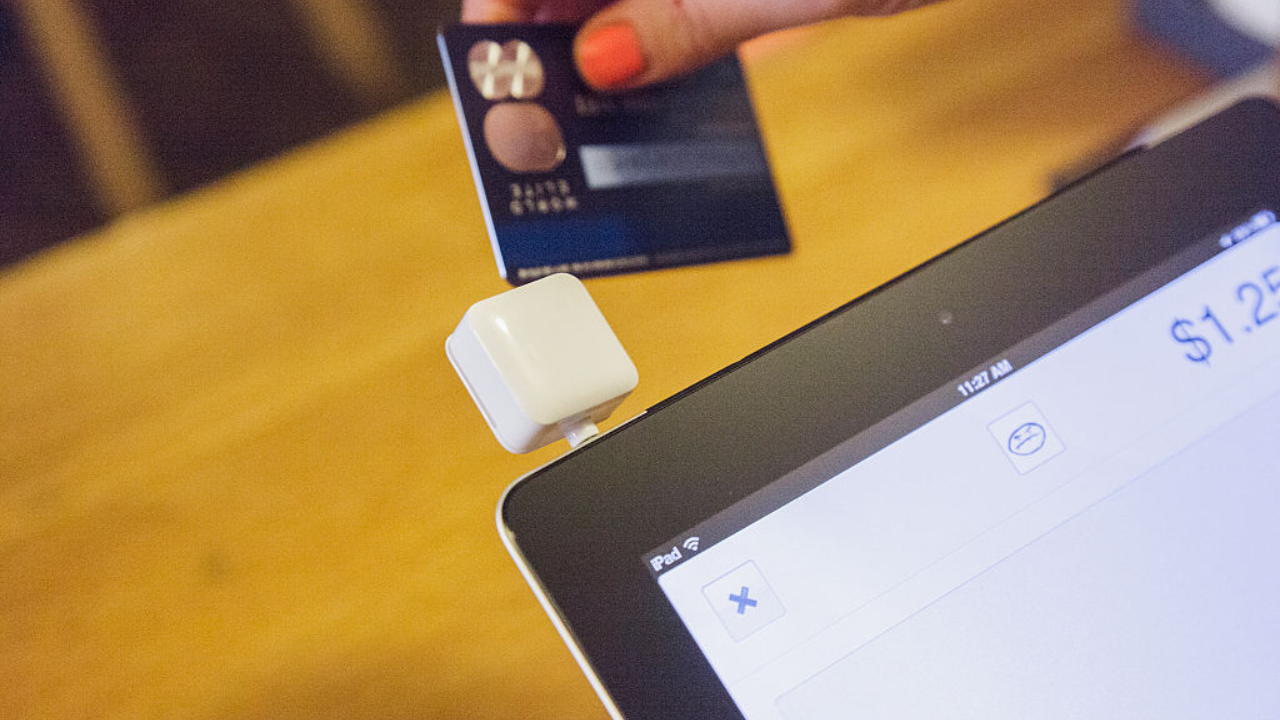Tax refund schedule: How long it takes to get your tax refund

If you’re owed a refund, you’re probably eager for it to arrive. The average tax refund so far in 2025 is $3,221, and plenty of people use their tax refunds to pay down debt, take care of overdue financial needs, build up emergency savings — or simply have some fun.
Here’s the good news: nine out of 10 tax refunds are sent out in less than 21 days, according to the IRS. But the exact timing depends on a few factors and, in some cases, the process may take longer.
The fastest way to get your tax refund is to e-file your tax return and ask for your refund to be directly deposited into your bank account. If you do that and don’t claim certain tax credits (more on that below) and don’t have errors on your return, then you should receive your tax refund by the following dates.
Tax refund schedule for 2025
| E-filed return accepted on this date | You should receive your tax refund by this date (if you chose direct deposit) |
|---|---|
| Jan. 27 | Feb. 17 |
| Feb. 3 | Feb. 24 |
| Feb. 10 | March 3 |
| Feb. 17 | March 10 |
| Feb. 24 | March 17 |
| March 3 | March 24 |
| March 10 | March 31 |
| March 17 | April 7 |
| March 24 | April 14 |
| March 31 | April 21 |
| April 7 | April 28 |
| April 14 | May 5 |
Taxpayers who claim the earned income tax credit (EITC) or the additional child tax credit (ACTC) may see delays because of special rules that require the IRS to hold those refunds until Feb. 27.
When to expect your tax refund
Here’s an estimate of how long it can take to receive your tax refund, based on how you file your tax return and how you choose to get your refund delivered to you.
IRS tax refund schedule
| Filing and delivery type | Estimated delivery time (from date return is accepted to receipt of tax refund) |
|---|---|
| E-file with direct deposit | Up to 3 weeks |
| Paper file with direct deposit | 4 to 8 weeks |
| E-file with refund check in the mail | 4 weeks |
| Paper file with refund check in the mail | 4 to 8 weeks |
| Source: IRS |
How long will it take to get my tax refund?
The IRS says that it issues more than nine out of 10 refunds to taxpayers in less than three weeks. But a 21-day delivery of your tax refund isn’t guaranteed. There are a number of decisions you make — including how you file your return and receive your refund — that can affect how long it takes to receive your tax refund.
You get to choose how you want to receive any refund the IRS owes you. Here are your options:
- Direct deposit into your checking account or savings account.
- Paper check sent through the mail.
- Prepaid debit card holding the value of the refund.
- Direct deposit to select mobile payment apps.
- Split your refund among up to three financial accounts in your name, including a traditional IRA, Roth IRA or SEP-IRA.
- Deposit into your health savings account (HSA), Archer MSA or Coverdell Education Savings Account (ESA).
The delivery option you choose for your tax refund will affect how quickly you receive your money. According to the IRS, the fastest way to receive your refund is to combine the direct deposit method with an electronically filed tax return.
The IRS lets taxpayers split their refunds into two or three different accounts, as long as the accounts are at U.S. financial companies (or are reloadable prepaid debit cards or mobile apps), and as long as those accounts accept direct deposits and you can provide an account number and routing number. The tax agency says splitting your tax refund won’t delay it.
Other factors that can delay your refund
Your tax refund may be delayed for a variety of reasons, such as claiming certain tax credits, or filing a tax return that’s incomplete or has errors. You should also expect to wait longer for your refund if the IRS determines that your tax return needs further review.
If you filed an amended return, processing that return can take eight to 16 weeks, the IRS says.
Taxpayers who claim the earned income tax credit (EITC) or the additional child tax credit (ACTC) may see delays because of rules that require the IRS to hold those refunds until Feb. 27.
How to track the progress of your refund
The IRS has eliminated the guesswork of waiting for your tax refund by creating IRS2Go, an app that allows you to track the status of your refund. You can also check the status of your refund with the “Where’s My Refund?” online portal.
Both tools provide personalized daily updates for taxpayers 24 to 36 hours after a return is e-filed or four weeks after the IRS has received a paper return. After inputting some basic information (your Social Security number or ITIN, filing status and the exact amount of your refund), you can track your refund’s progress through three stages: return received, refund approved, refund sent.
Once your refund reaches the third stage, you’ll need to wait for your financial institution to process a direct deposit or for a paper check to reach you through the mail.
Need expert guidance when it comes to managing your investments?
Bankrate’s AdvisorMatch can connect you to a CFP® professional to help you achieve your financial goals.
What to do once your refund arrives
For many people, their IRS tax refund is the biggest check they receive all year. In anticipation of your windfall, it’s wise to have a plan for how you’re going to use your refund. Deciding how to spend, save or invest the money in advance can help stop the shopping impulse from getting the best of you. Looking for inspiration? Bankrate offers five smart ways to invest your tax refund.






